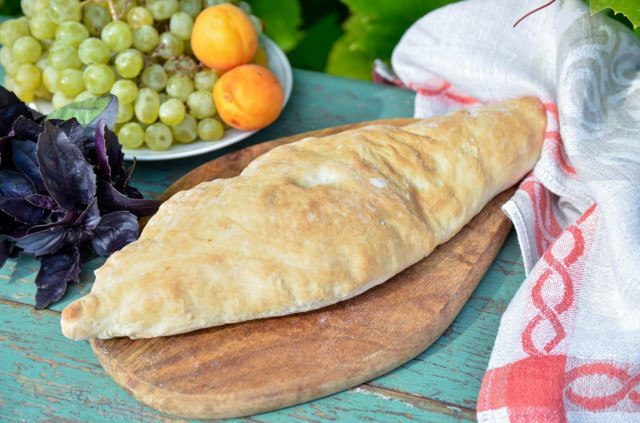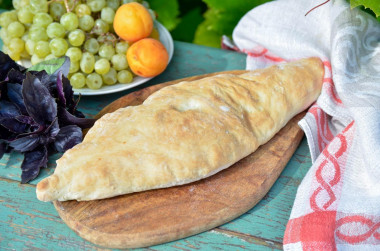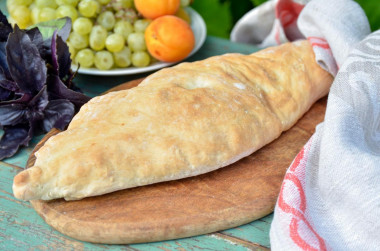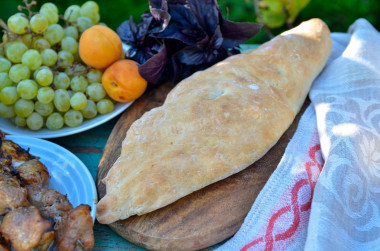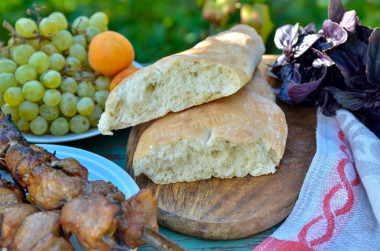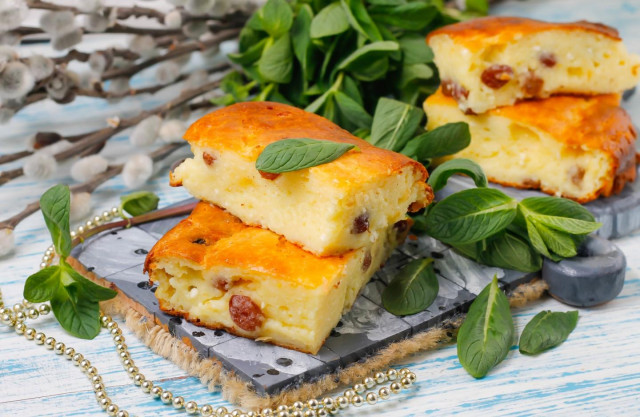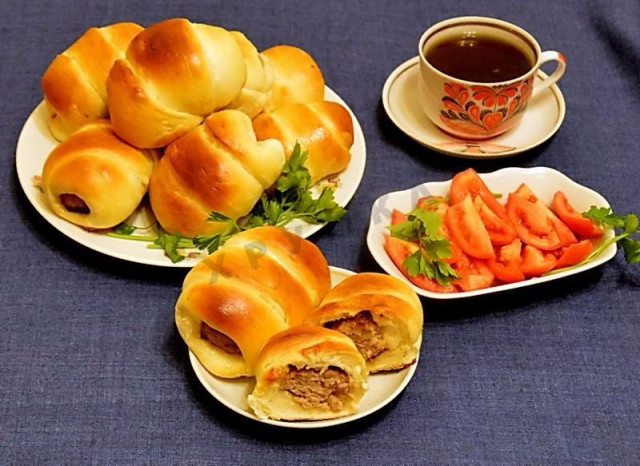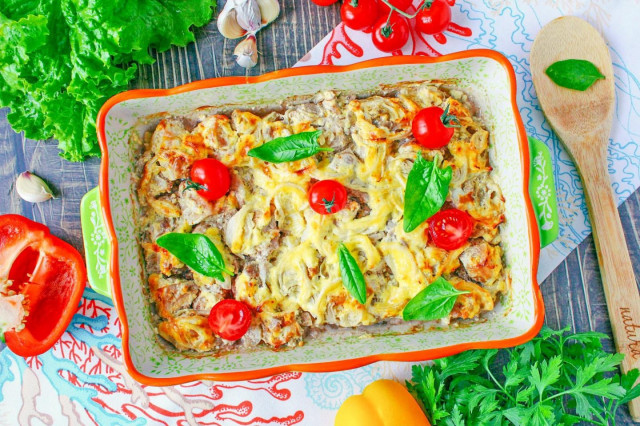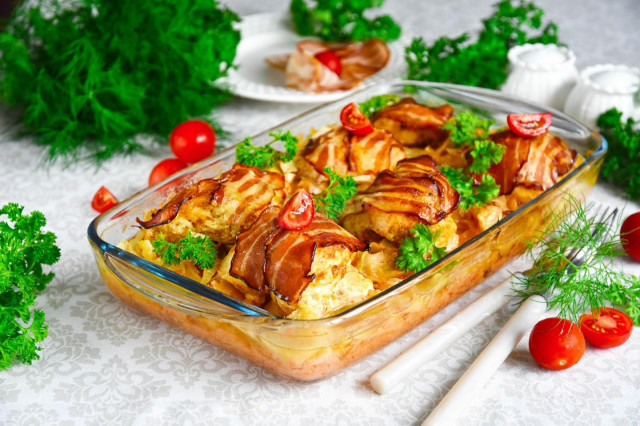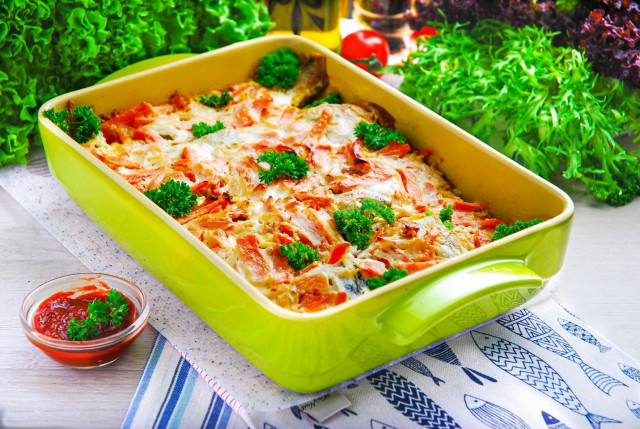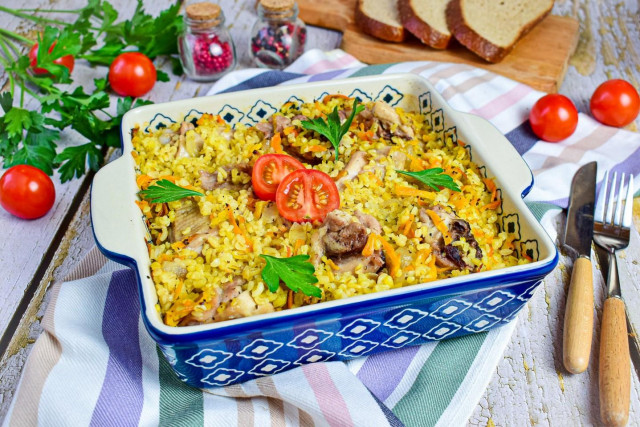Composition / ingredients
Step-by-step cooking
Step 1:
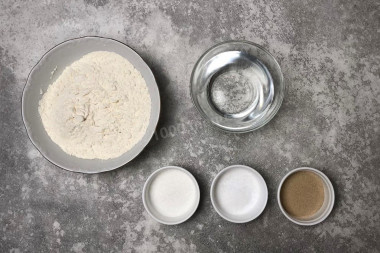
How to make Georgian lavash? Prepare the products for him. A kilogram of flour will make about 6 large pita bread. I cooked only part of the portion, I got one.
Step 2:
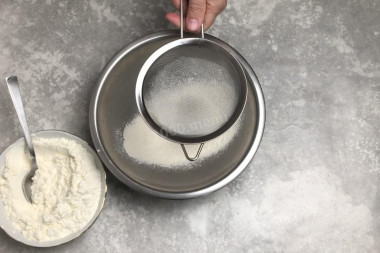
Take 200-250 grams of flour, sift it into a bowl. Add warm water, sugar and yeast to the flour.
Step 3:
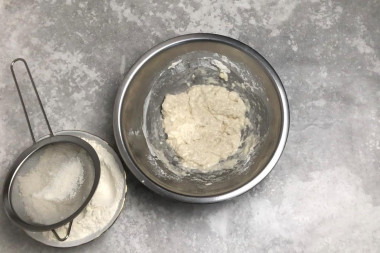
Mix the products with a spoon, if the mass is too dry, add a little more water. The goal is not to knead the dough, but simply to mix the products. This will serve as a prop for a future test. Leave the dough in a warm place for 20 minutes.
Step 4:
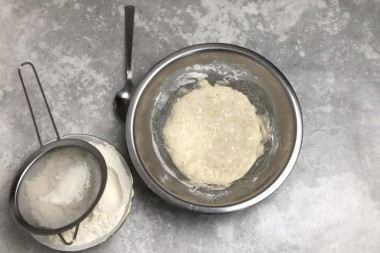
I briefly turned on the oven at 50 ° C, then turned it off. There she put a bowl of sourdough. She came up very quickly, increased in size and bubbled.
Step 5:
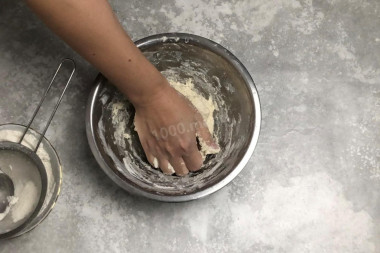
Add salt to the sourdough. Pour in the sifted flour in portions, kneading the dough first with a spoon and then with your hand. Do not add a lot of flour at once, the dough is easy to "score" - make it too tight and steep. It took me very little flour, most of it remained.
Step 6:
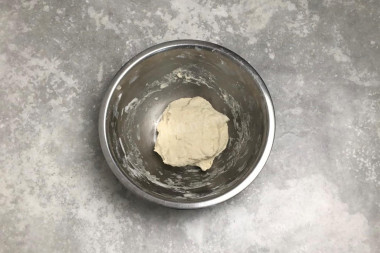
Knead the dough until smooth, elastic. It will quickly begin to lag behind the walls and hands. Cover the bowl with a napkin and put it back in a warm place for proofing. Proofing time - from 30 minutes to an hour, depends on the temperature.
Step 7:
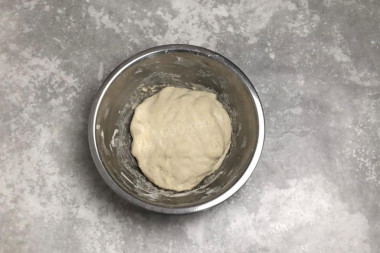
Mine came up in half an hour, it doubled. Mash it a little, collecting it into a ball and releasing excess air.
Step 8:
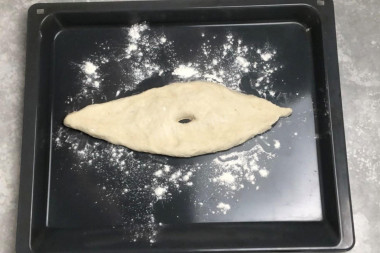
Lightly sprinkle the baking sheet with flour. Put the dough on it, stretching it to the sides, forming a boat. To do this, slightly flatten it in the center with your fingers, and put the ends together. Make sure to make a hole in the center so that the pita bread does not swell during baking.
Step 9:
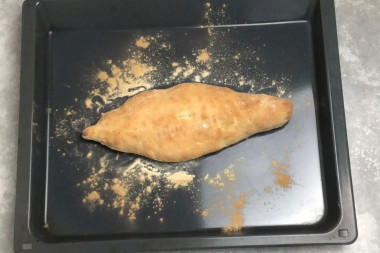
Preheat the oven to 220 ° C, top-bottom mode. Bake the pita bread for about 20 minutes until golden brown.
Step 10:
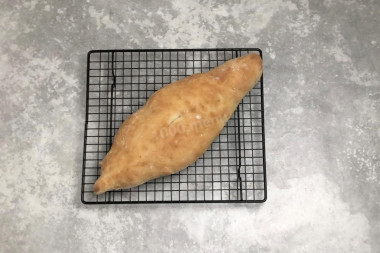
Remove the hot pita bread from the oven and be sure to put it to cool on the grill, then the crust will remain crisp.
Pita bread turned out very tasty! Soft inside, with a wonderful crust. For some reason, it took me very little flour, almost half remained. In Georgia it is called Shotis puri or just shorty.
The liquid in which yeast is bred should be pleasant to the touch, no higher than 40 degrees. Why is this important? In a warm environment, yeast is well activated, in a hot one it will die, and in a cold one it simply will not work. To avoid unpleasant surprises, check the yeast before mixing with the rest of the ingredients. Pour a little warm milk into a bowl, stir in the yeast. Cover the bowl with a kitchen towel and put it in a warm place without drafts for 10-15 minutes. During this time, a foam yeast cap should appear on the surface of the sponge. If this did not happen, then the fermentation process has not started (the yeast is overdue or spoiled). In this case, it is worth taking other yeast, otherwise baking will not work.
Be prepared for the fact that flour may need more or less than indicated in the recipe. Focus not on the amount of flour, but on the desired consistency of the dough. To avoid mistakes, read about flour and its properties!
It is important to sift flour to saturate it with oxygen. Then the baking will turn out to be airy and will rise well when baking.
Caloric content of the products possible in the composition of the dish
- Whole durum wheat flour fortified - 333 kcal/100g
- Whole durum wheat flour, universal - 364 kcal/100g
- Flour krupchatka - 348 kcal/100g
- Flour - 325 kcal/100g
- Granulated sugar - 398 kcal/100g
- Sugar - 398 kcal/100g
- Salt - 0 kcal/100g
- Water - 0 kcal/100g
- Dry yeast - 410 kcal/100g

